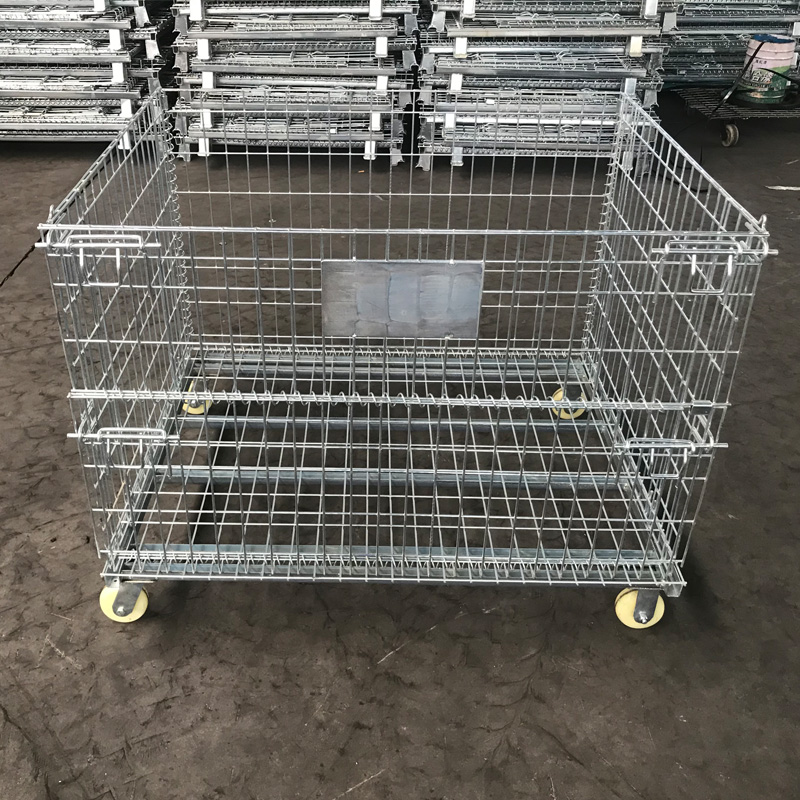
- Mobile Phone
- +8613931874955
- sales@cntcmetal.com
poultry fencing
The Importance of Poultry Fencing Ensuring Safety and Productivity
Poultry farming is a rewarding venture that provides essential food sources while contributing significantly to the economy. However, managing a poultry farm involves various challenges. One of the foremost issues farmers face is protecting their flocks from predators and escaping poultry. Effective poultry fencing is crucial in maintaining a safe environment for birds and ensuring their overall productivity and health.
Understanding the Need for Poultry Fencing
Poultry, including chickens, ducks, and turkeys, are particularly vulnerable to a variety of predators, such as raccoons, foxes, hawks, and even domestic dogs. Without proper fencing, these animals can easily access a poultry yard, leading to devastating losses for the farmer. Additionally, chickens and other poultry are also notorious for wandering off. They might venture into gardens or roads, posing a risk to themselves and disturbing the surrounding environment.
Thus, effective poultry fencing serves two primary purposes protecting the birds from external threats and preventing them from escaping the designated area. Farmers who neglect proper fencing may find themselves facing not only a decline in their flock's numbers but also potential legal liabilities and financial losses.
Types of Fencing for Poultry
When it comes to poultry fencing, there are various options available, each with its advantages and disadvantages. The choice of fencing will largely depend on the type of poultry being raised, the specific threats posed in the area, and the budget available.
1. Wire Fencing This is one of the most common types of poultry fencing. Chicken wire or welded wire fencing can provide a solid barrier against most small to medium-sized predators. The wire should be buried a few inches underground to deter digging, a tactic used by raccoons and foxes.
2. Electric Fencing For farmers looking for a more robust solution, electric fencing can be an excellent option. It not only keeps safe the poultry but also deters wildlife from approaching the area due to the unpleasant shock of the electric current. This type of fencing works best when combined with another physical barrier.
3. Stock Fencing This type of fencing is usually made of strong materials like barbed wire and is ideal for larger farms where different livestock needs to be contained. While it is more expensive, it provides excellent durability and protection.
poultry fencing

4. Netting Fencing For free-range poultry, netting is often used, particularly overhead, to protect birds from aerial predators like hawks. This fencing allows for free movement while ensuring safety from above.
Best Practices for Poultry Fencing
To maximize the effectiveness of poultry fencing, farmers should consider several best practices
- Height and Depth Fencing should typically be at least six feet high to deter jumping predators. Additionally, it should be buried at least a foot underground to prevent birds from digging their way out or predators from digging in.
- Regular Inspections and Maintenance Fencing should be checked regularly for signs of damage or wear. Any breaches should be repaired immediately to maintain a secure environment.
- Combine Strategies Farmers might find that a combination of different types of fencing is the best solution for their unique circumstances. For example, a sturdy perimeter fence coupled with electric fencing can enhance security significantly.
- Adequate Space It’s not just about keeping poultry in; it's also about ensuring they have enough space to roam and explore. Overcrowding can lead to stress and health problems, which can be mitigated with proper fencing that allows for freedom while providing security.
Conclusion
In conclusion, poultry fencing is a fundamental aspect of successful poultry farming. It protects birds from predators, reduces the risk of loss, and promotes better health and productivity within the flock. By investing in quality fencing and adhering to best practices, farmers can create a safe environment that allows their poultry to thrive. As the industry continues to evolve, the methods of fencing may adapt, but the importance of creating a secure space for poultry will always remain paramount.
share:
-
Why Sacrificial Formwork Is Redefining Underground ConstructionNewsJun.06,2025
-
The Structural Dynamics of Modern Concrete: How Snake Spacers Revolutionize Flexible ReinforcementNewsJun.06,2025
-
Snake Spacers Smart-Lock Concrete Reinforcement with Surgical PrecisionNewsJun.06,2025
-
Snake Spacers: Reinforcement Precision for Modern Concrete ProjectsNewsJun.06,2025
-
Snake Spacers Powering Concrete's Structural DNANewsJun.06,2025
-
Slither into Success: Snake Spacers' Precision Bite for Unbreakable ReinforcementNewsJun.06,2025
-
Sacrificial Formwork: Building Stronger, Faster, and Safer StructuresNewsJun.06,2025



















